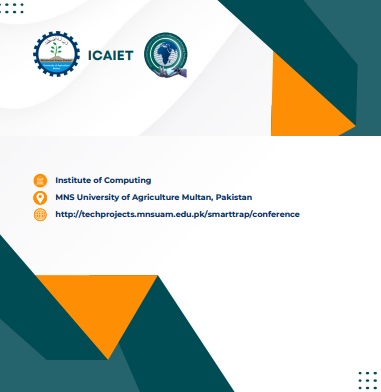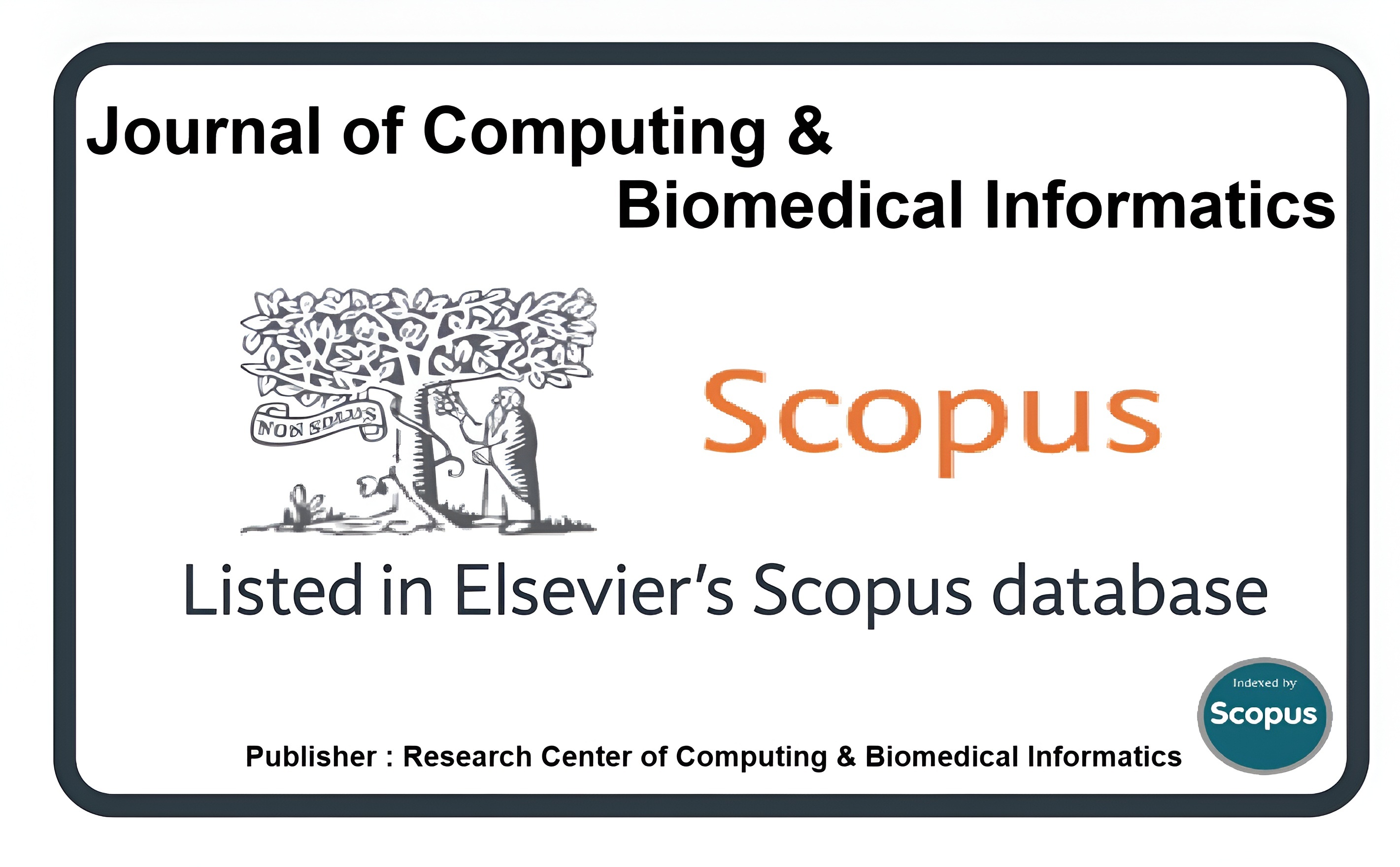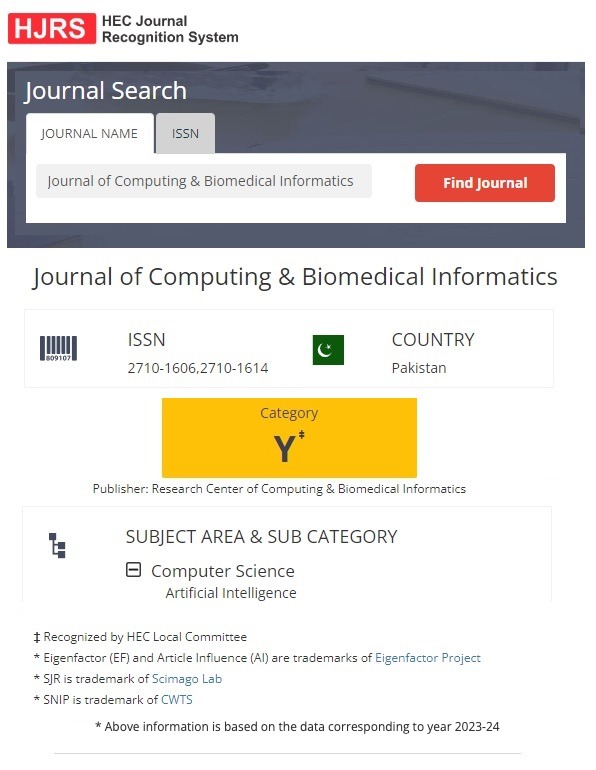An Evaluation of Sensor Technologies Suitable for Domestic Livestock Business Production and Health Management
Keywords:
Sensor Technology, Precision Farming for Animal, Environmental Effect on Forages, Animal ProductionAbstract
The globe is actively pursuing the digitalization of social, economic, and political activities. With the advancement of technology in several fields, including agriculture, livestock production is also an area that necessitates the utilization of developing technologies. However, knowledge and competence are quite limited, especially in underdeveloped nations. Therefore, it is crucial to address this knowledge deficit by gathering information and disseminating it to a wide audience to facilitate continued study in the field. With the emergence of sensors designed for various domains, it is crucial to explore the potential utilization of these technologies in evaluating the status of rangelands and enhancing animal output. Technologies play a crucial role in implementing precision farming practices for livestock, specifically in monitoring individual animal behavior, grazing conditions, health status, and fodder consumption. Assessing both the grazing behavior of cattle and the characteristics of the rangeland is crucial for managing grazing stock. Rangeland resources play a crucial role in global cattle production. The abundance, species composition, and chemical composition of forages and pasture undergo changes due to environmental and management factors, resulting in dynamic fluctuations. Assessment and monitoring of rangeland resources are necessary for improved management and utilization. Traditional evaluations that include human or mechanical tallying, recognition, and analysis of chemical makeup are arduous and time-consuming. Sensors can be used to monitor the state of grazing areas and understand the grazing behavior of animals in field circumstances. This information can help improve the management of grazing stock. In order to enhance or substitute traditional methods, it is crucial to comprehend the existing technology, such as sensors or biosensors. The purpose of this review study is to enhance knowledge about the existing technologies and their significance in relation to rangeland resources, specifically in tropical rangelands. Typically, in tropical regions, GPS systems are frequently employed to evaluate the condition of rangelands, but they do not take into account the grazing stock. The analysis further clarifies that sensor technologies play a crucial role in swiftly and effortlessly detecting cattle health problems and movements at the field level. Nevertheless, similar to other technological advancements, sensors (specifically biosensors) has certain limitations, such as the precision of measurements and the occurrence of repeating data allegations. However, the assessment clarifies that the implementation of sensor technologies in animal production can effectively reduce the amount of time and energy required.
Downloads
Published
How to Cite
Issue
Section
License
This is an open Access Article published by Research Center of Computing & Biomedical Informatics (RCBI), Lahore, Pakistan under CCBY 4.0 International License





